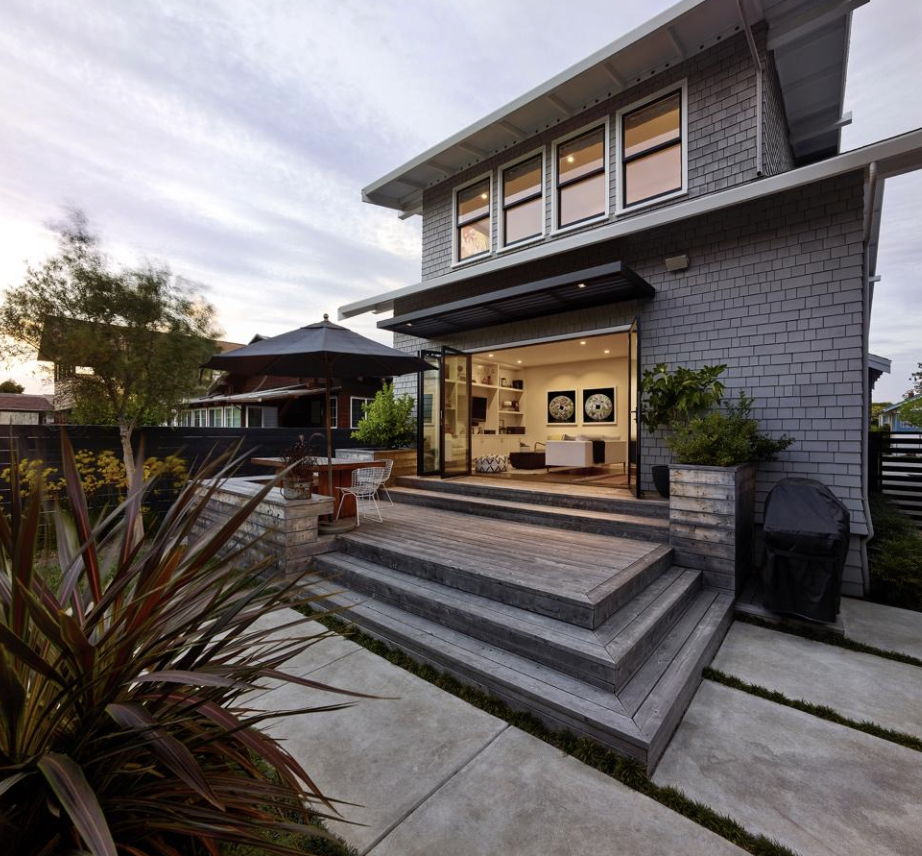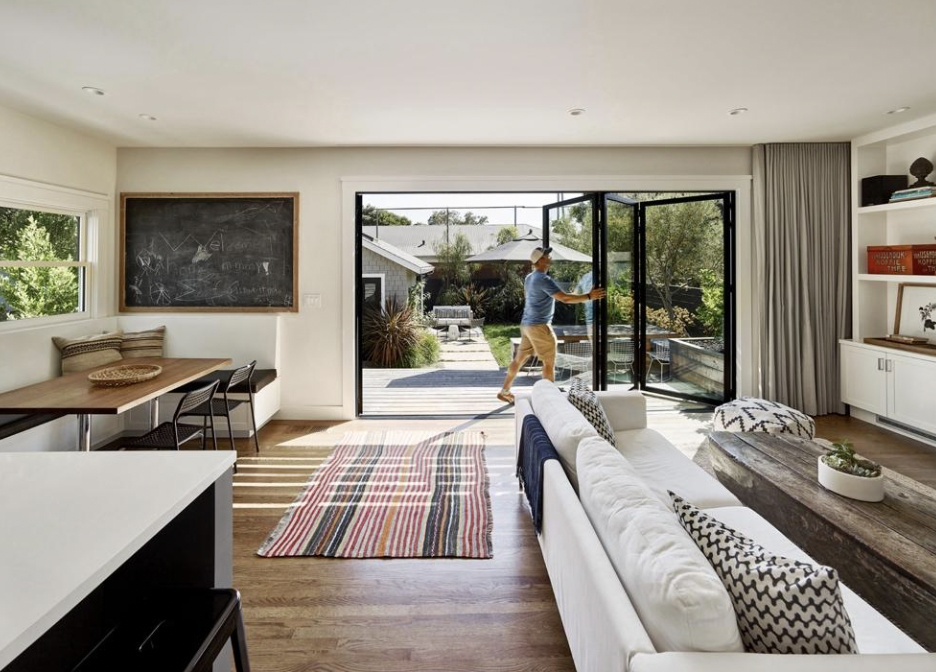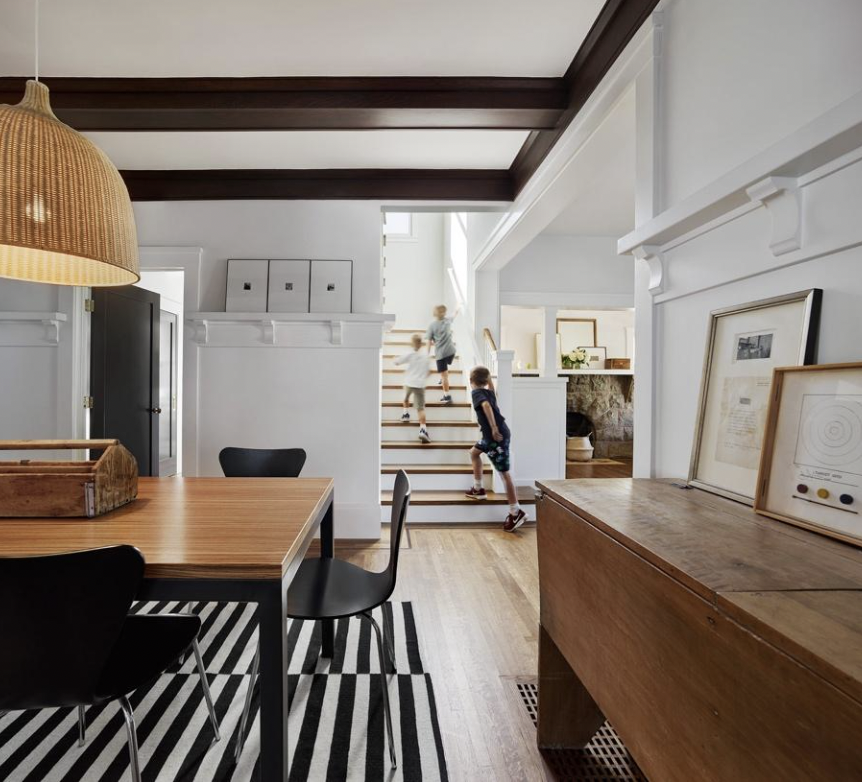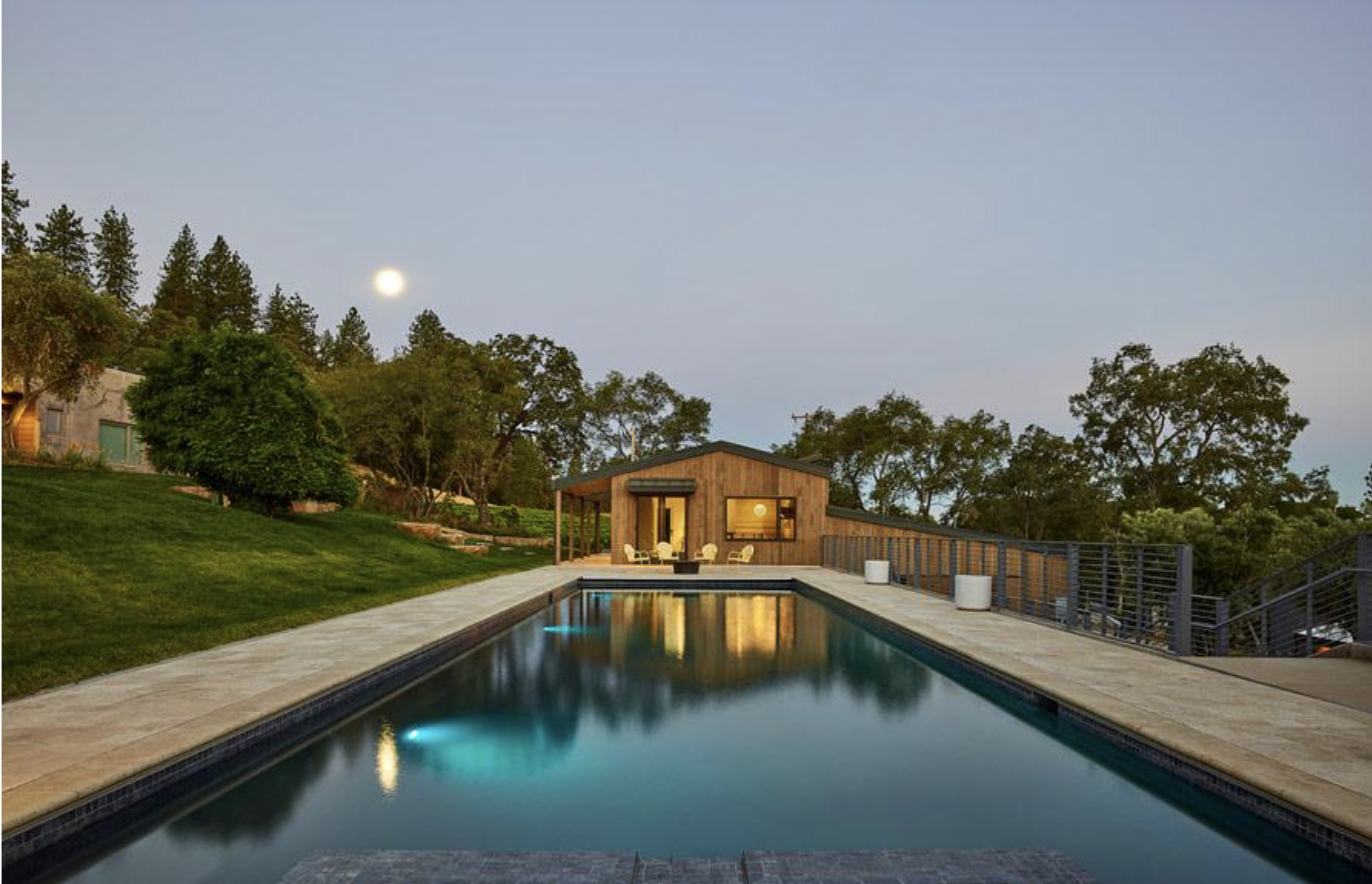February 1, 2025 • Posted by Design Bay Area
Located in San Francisco, AT6 Architecture + Design Build was founded by Jason Langkammerer over 20 years ago. They are an architect-led design build firm specializing in remodels, renovations, additions, and new homes in the Bay Area, especially San Francisco, Marin, and the East Bay. Clients value the design build model that shapes the vision of their home while guiding them through the entire process, beginning to end.
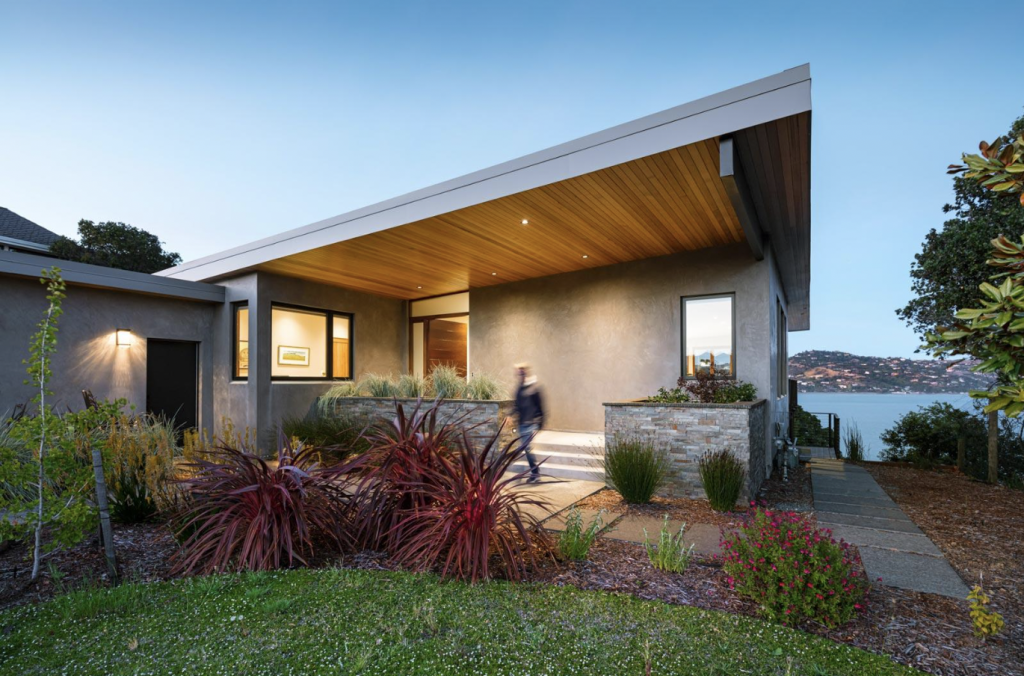
Take us back to the beginning. When did you decide to become an architect?
My father was also an architect and a contractor in the Bay Area. Unlike AT6, he mostly did his own development. My understanding of architecture was really from what I knew about his work, and I never felt it was my calling. In fact, when I was a rebellious teenager, I might have said at one point that it was the last thing I wanted to become.
I was good at math and science in high school, so I started college as a mechanical engineering major. However, after struggling at the college level, I tried different courses to figure out a path to a degree and ended up majoring in English.
In my twenties, I was in Los Angeles and I started to appreciate buildings from my own point of view, which awakened my interest in architecture. I entered a five-week summer course at a local architecture school to explore the profession and found myself really drawn to the theoretical side of architecture, such as what ideas a building can represent, which was different than what I understood from my childhood. When I realized that architecture is both functional and an expression of ideas, I understood that my path from mechanical engineering to English was completely consistent with my newfound passion for architecture.
What I didn’t realize was that this five-week course was a way that the school filled up their incoming graduate-level class, which started two weeks later! I was offered a spot, and my career evolved from there. Architecture ticked two different but essential boxes for me: the nuts and bolts of building and the theory and art of design. My creativity could be expressed in both practical and theoretical terms.
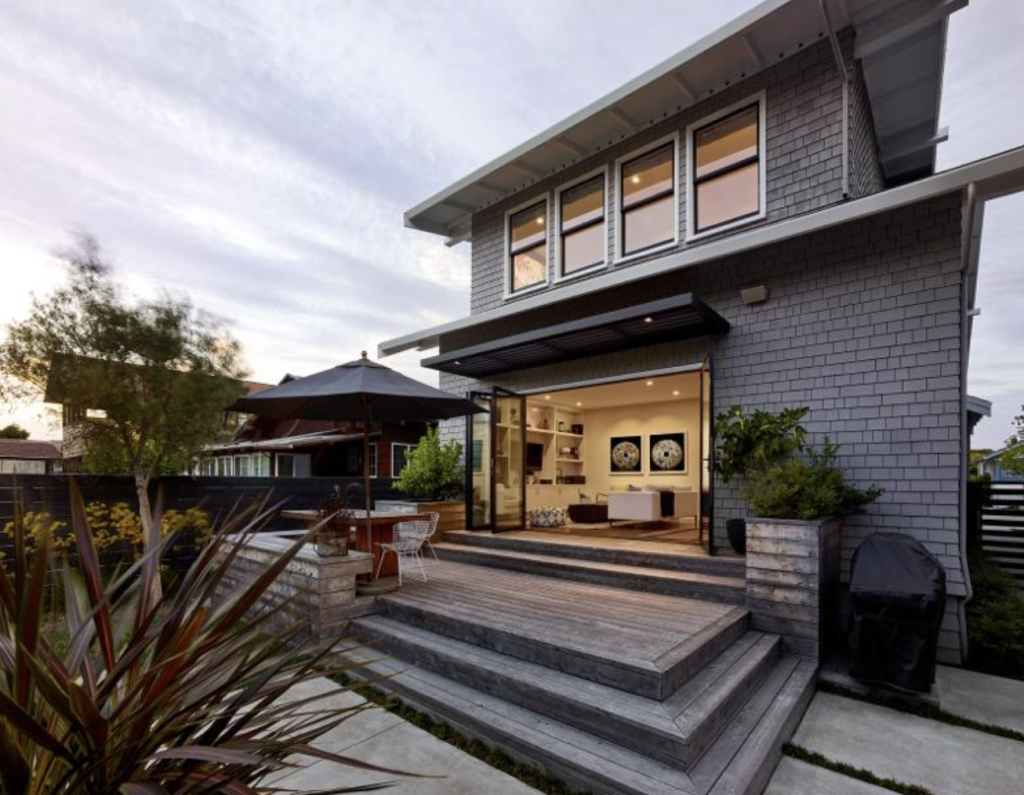
How does living in the Bay Area affect your design practice and your design thinking?
I grew up in Berkeley, in and among homes constructed in the early 20th century. At the times they were built, they featured very style-forward architecture: Victorian, Edwardian, and Craftsman. To me, that was what a house was. Much of my understanding as an architect is the result of living among those styles.
In architecture school I learned more about the reasoning behind these styles. For example, Victorian architecture was all about making a building look like a beautiful, feminine object (the style was named after Queen Victoria, after all!), like a flower or an iced cake, with a lot of decoration. Nothing about the structure was expressed in the design—it was all about the ornamentation. Then the Craftsman style came along and asked, why can’t the way we build it—the joinery, exposed wood, visible structure—be the ornament? The building materials are not painted over or plastered. I resonated with that idea of honesty about what you’re building and in what era.
Being in architecture school in LA meant my formative training years were spent in a place where homes were very modern, and there was no overarching context—you could build any style next to any other style. Here in the Bay Area our architectural history is much stronger. I believe that as a society we value that legacy—the nostalgia—but we live very differently than when those houses were originally built. I want to bring honesty to my designs by reflecting and balancing that dichotomy of historical styles and modern lifestyle.
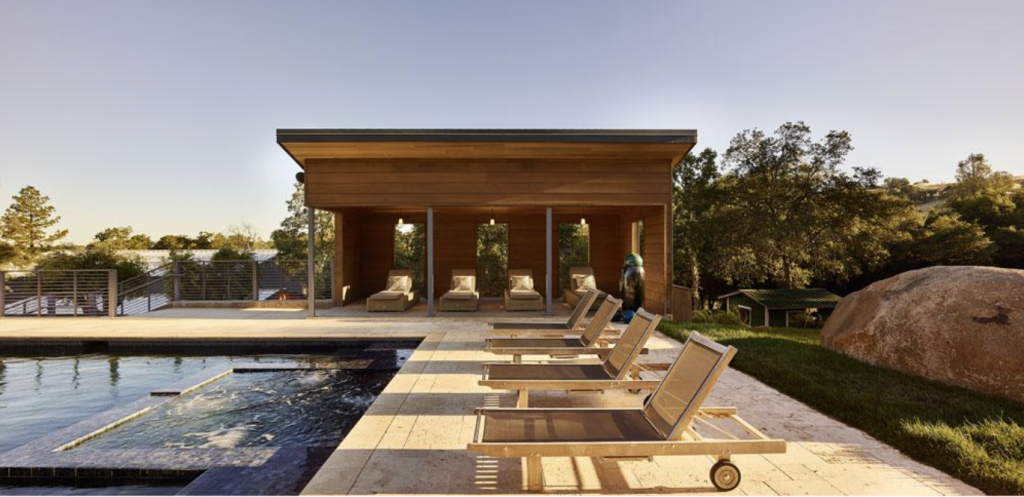
Why did you make the decision to transitioned from an architecture-only practice to a design-build practice?
There were two primary factors. The first was helping my clients have the best remodeling experience possible. I found that contractors often did not give clients a complete picture of expenses on a project, focusing more on their own costs. We all know that the “soft” costs beyond what you pay your contractor can be significant, but clients often didn’t have a sense of the scale of those costs. We also didn’t have any insight into the construction schedule once the drawings left our hands. I felt that after working closely with the clients on the design, I wasn’t able to be as much help to them in keeping projects on an expected schedule and budget.
Secondly, as an architect, you craft the design intent with the client early in the project, and you want the integrity of that to carry through to the final product. The contractor might try to make something cheaper or easier, or might want to streamline the process for the client, but what they do sometimes works against the design intent. In remodels, so many details are developed during construction, and the clients are spending so much money; I wanted to be able to navigate those situations more closely with the client and ensure we kept the design intent we had developed together.
Shifting to design-build allowed us to offer more accurate and helpful guidance to our clients, from budgets that reflected what they wanted and could afford to realistic scheduling. It also meant we could ensure the design intent remained in place through all the unexpected situations that can arise during construction. For me, design-build is the best way to deliver a high-quality product while providing an elevated client experience, building and maintaining our clients’ trust.
What’s the most challenging aspect of design-build, and how do you overcome it?
The most challenging aspect is that we are the point people for the entire process, we are the one entity accountable for anything that goes wrong. It creates a level of expectation that we have to live up to.
Construction is an inherently unpredictable process that can’t be replicated from one project to another. Clients are different, houses are different, and you never know what might crop up—problems can arise in numerous different ways. As a design-build firm, we are accountable to solve each and every problem – we don’t have the luxury of blaming anyone else, so we set the bar higher for ourselves and consistently work on our people and processes to live up to those high expectations.
Does design-build enhance the quality of design?
I believe it does. Being involved in both design and construction, we are able to keep the design intent in mind throughout the building process. Because the designers and construction crew are on the same team, they are in on the same daily conversations and fewer things fall through the cracks. Our integrated team is nimbler and more engaged.
When the architect and contractor are separate companies, the architect usually only stops by the job site once a week, yet the owner might be there daily and have direct conversations with the contractor on things that affect the design. It’s a big deal to adjust things once they are built, so often these contractor-driven decisions remain in the final product.
Our design team hears questions from the construction team as they come up and can catch changes that don’t work before things are built on top of them. That day-to-day involvement in the construction process ensures that clients get the design they expect and are excited about.
How are your clients responding to design-build?
They love it. They feel taken care of in a way that the architect/contractor setup does not allow. The single team being responsible for the entire project and the efficiency inherent in that makes a lot of sense to them.
We have savvy potential clients who reach out to us all the time who are able to clearly describe the advantages of a design-build approach to me rather than me selling the advantages to them.
What’s a little-known fact about you that influences your work?
I’m really a practical, form-follows-function designer. I am always asking myself, “How will this work? What is the best way for it to work?” I’m motivated by function, and I use function to drive great design. For instance, I designed a peninsula in an odd-shaped kitchen, and shaped the peninsula by how you would move around it. It has angles and is intentionally a “designed” object, but none of it was just for design’s sake. I thought about the functionality and then came up with a design that supported it. I really enjoy thinking deeply about function as the inspiration to design something beautiful.
Modern Rustic Gallery
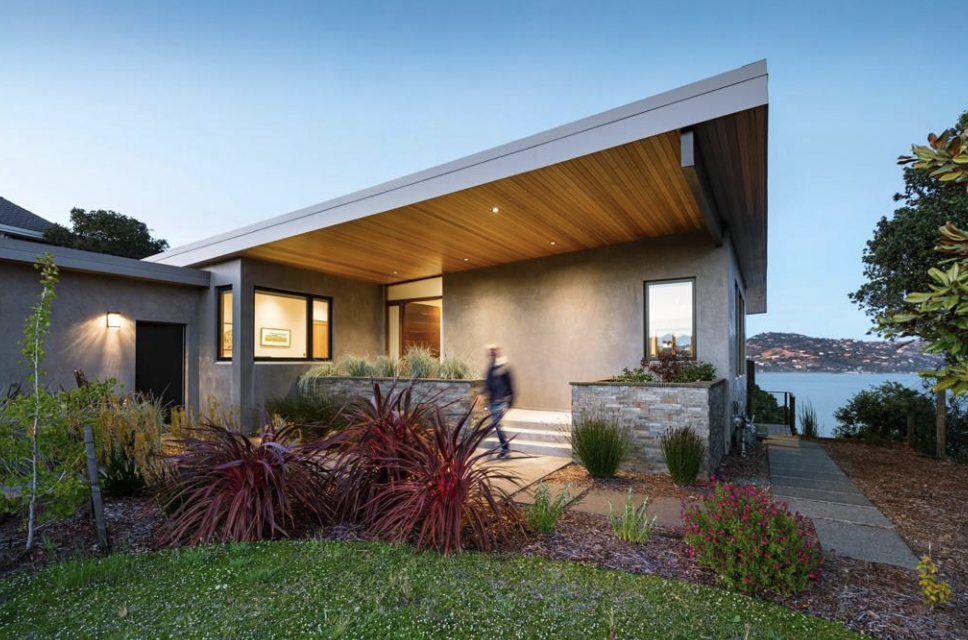
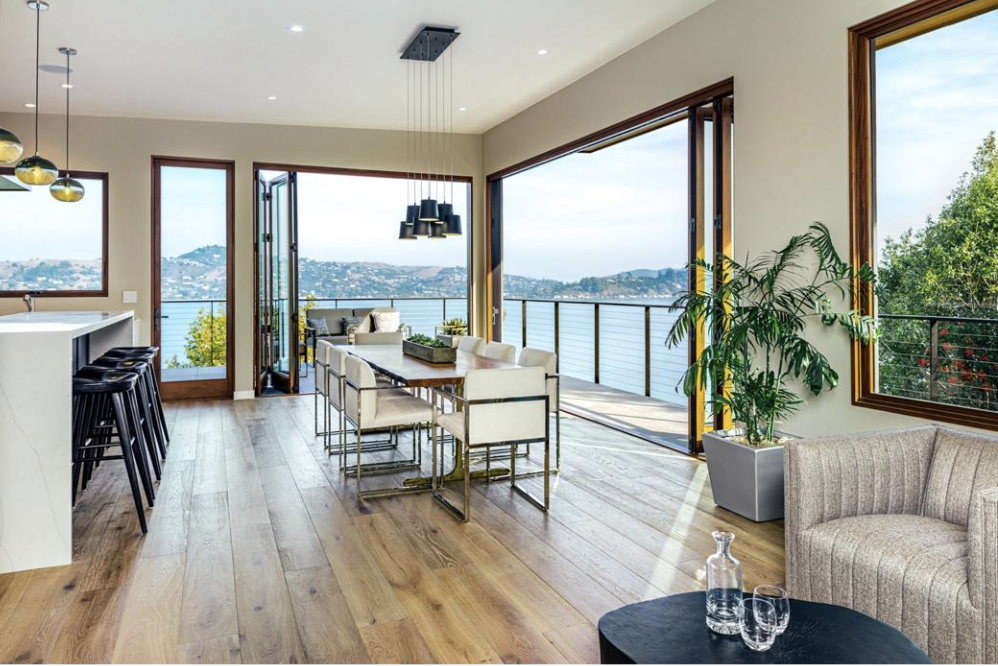
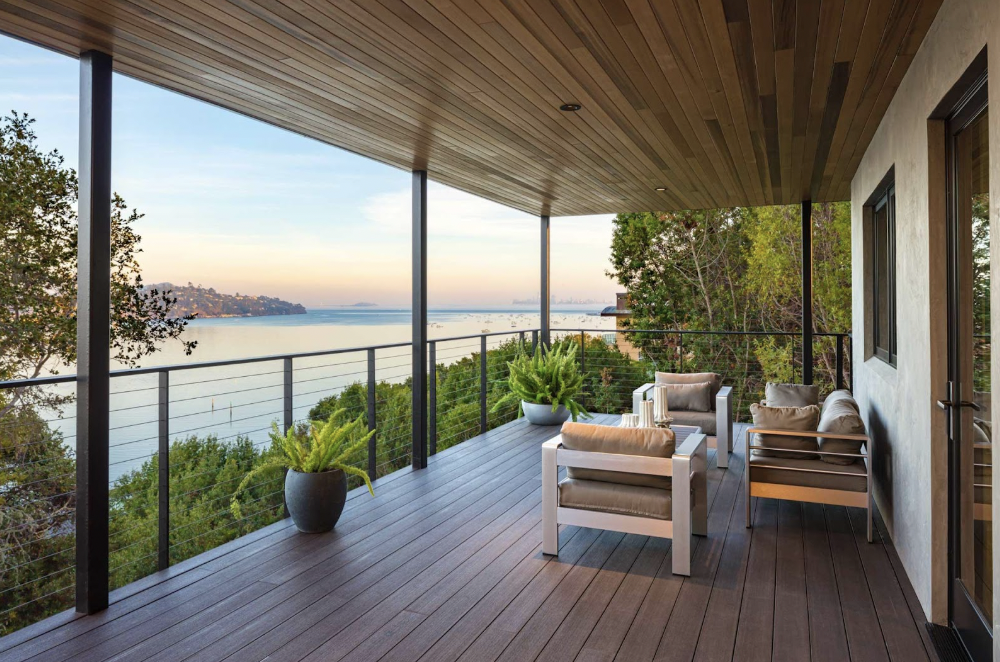
Craftsman Refresh Gallery
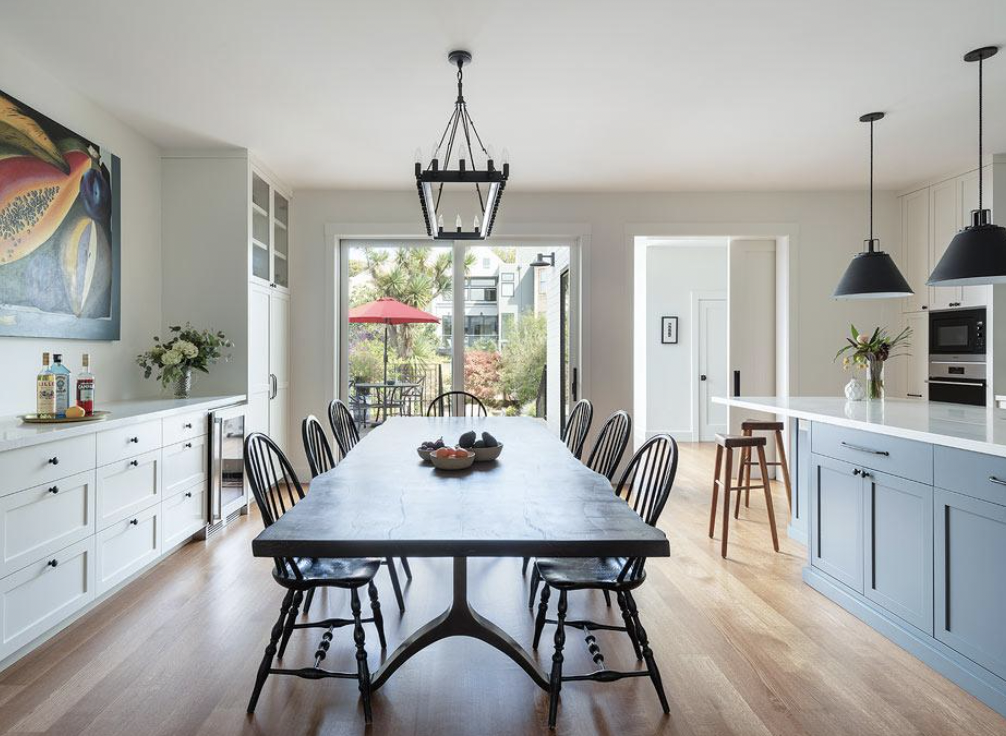
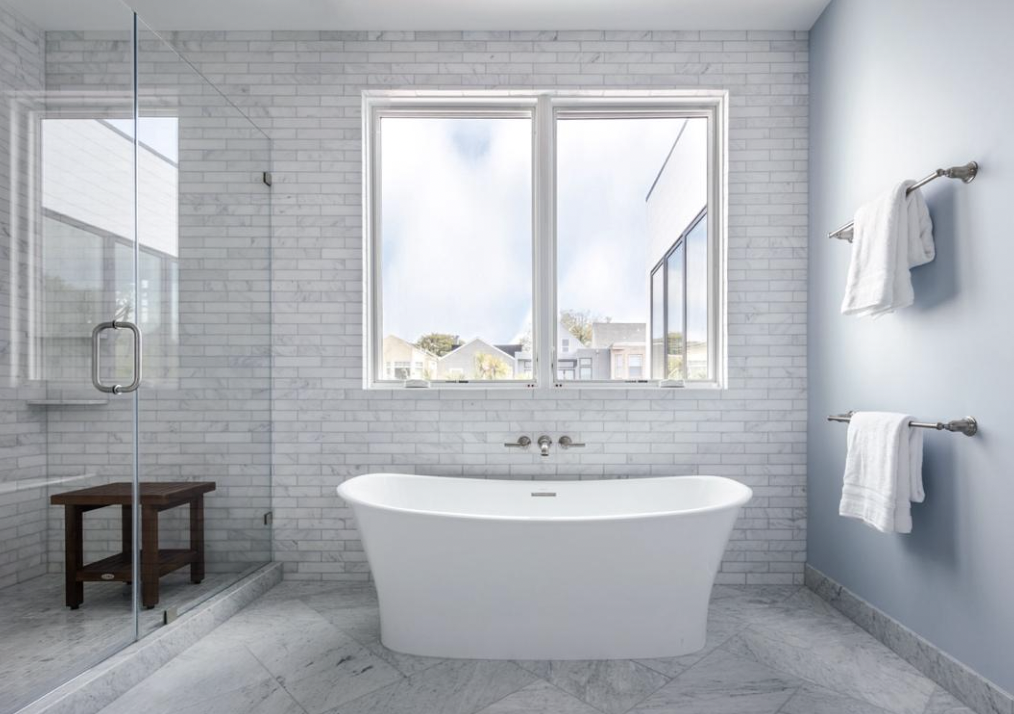
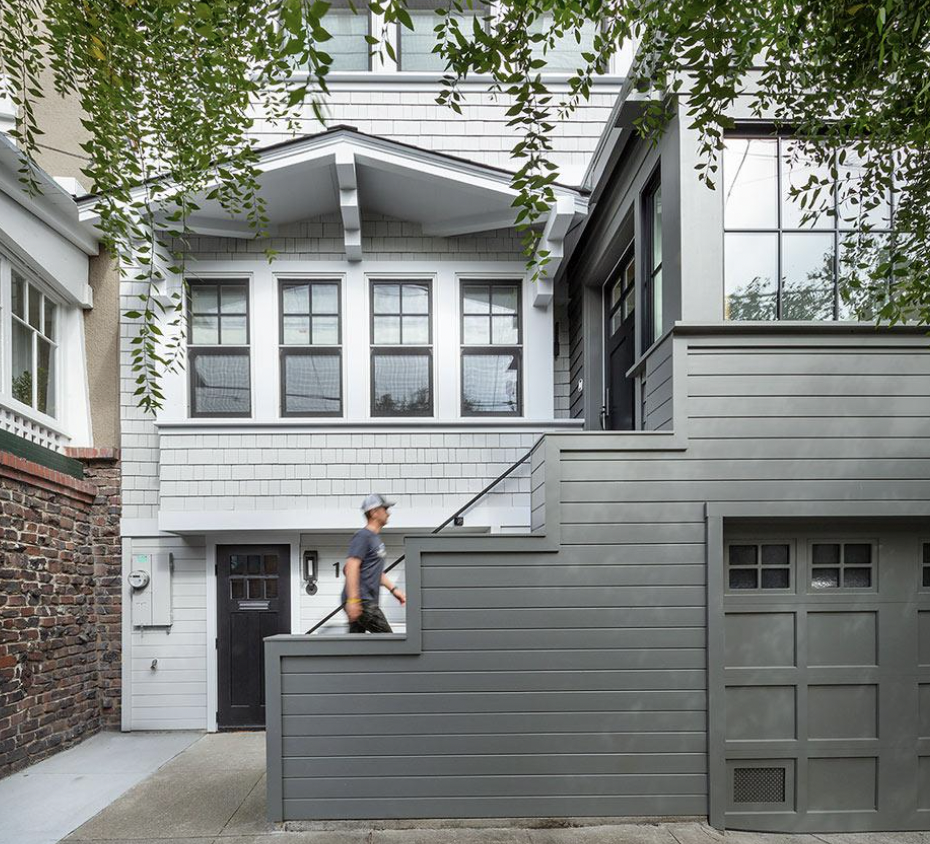
Casino Mine Ranch Gallery
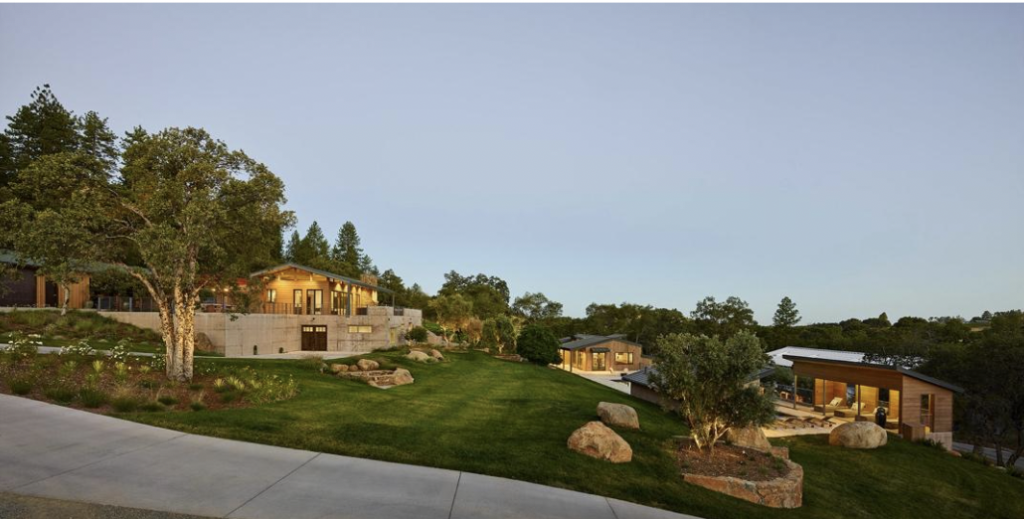
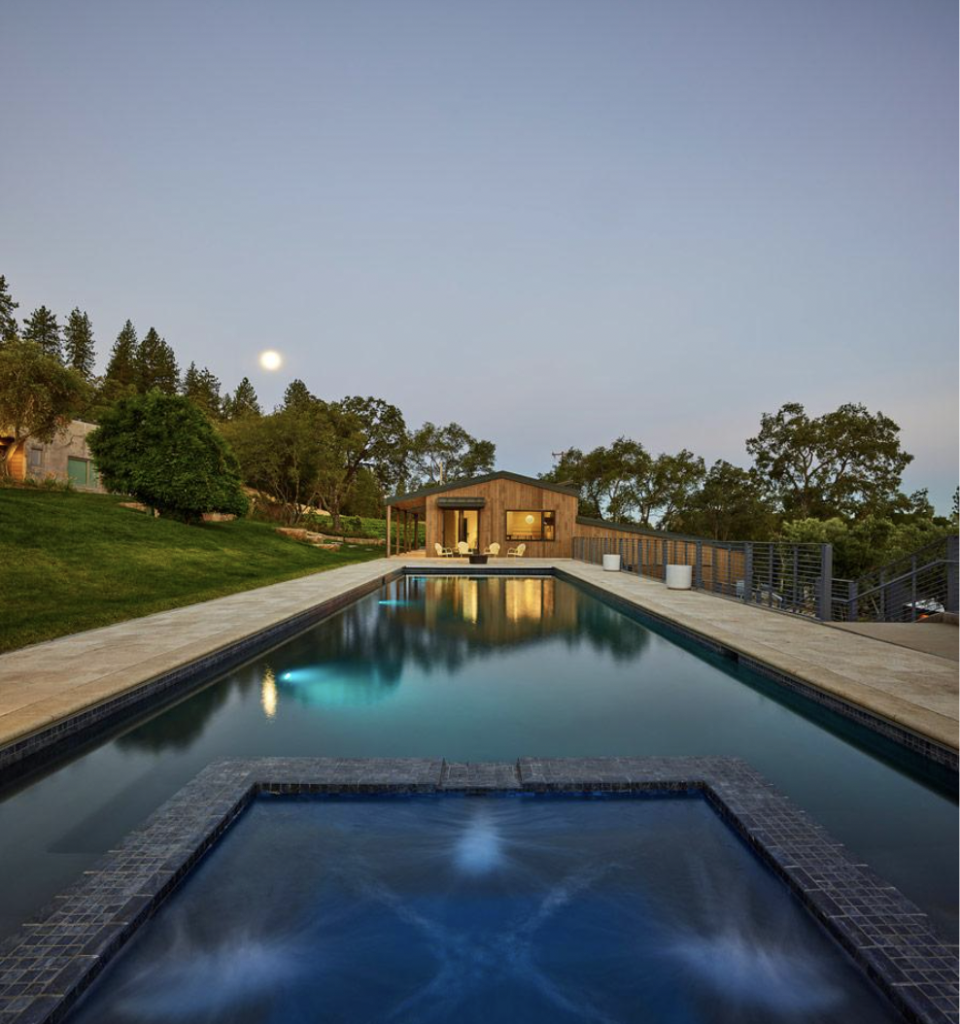

Craftsman Expansion Gallery
